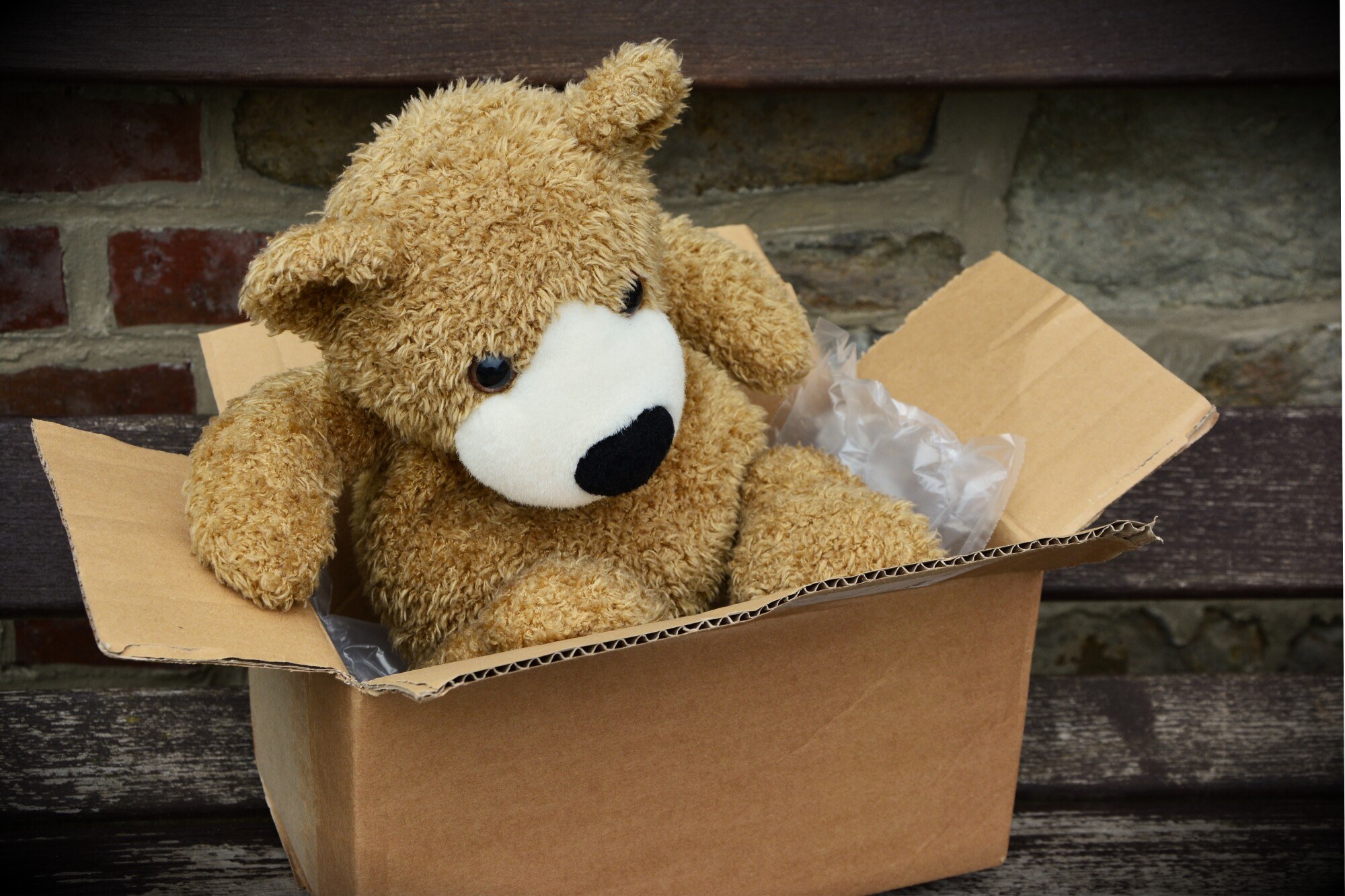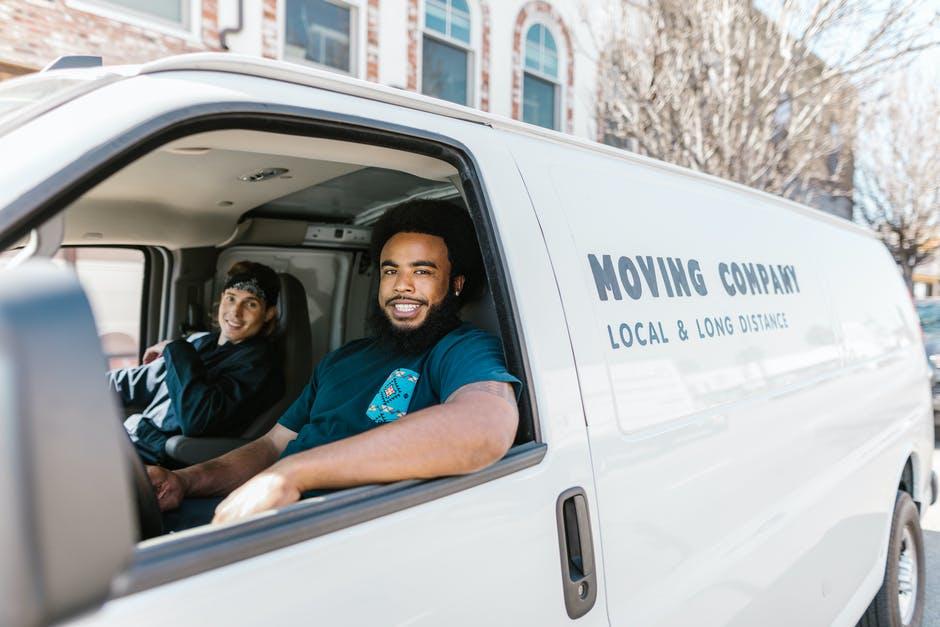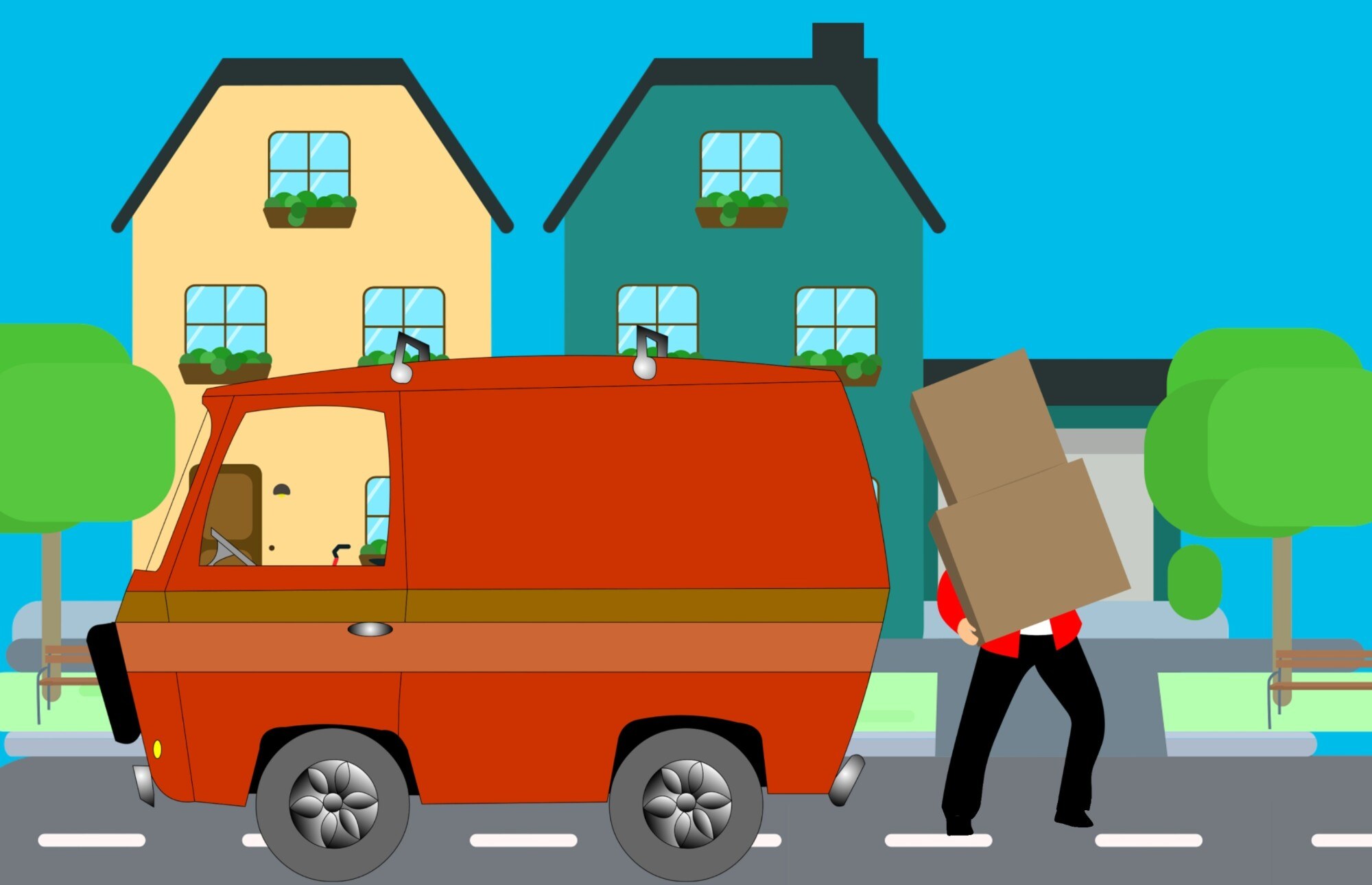Most people don’t hire full-service movers handling everything from packing, loading, and transporting to unloading—therefore, understanding what supplies you need helps save you time, money, and stress, even if you’re receiving professional help in areas like loading and transport. Moving involves more than just packaging boxes. Instead, it calls for careful planning, organization, and the right tools to protect your items. Many underestimate these requirements, which increases the likelihood of last-minute scrambling, damage, or extra time spent unpacking or looking for particular possessions.
Our moving supplies checklist will also clarify the quantities of items you’ll need to avoid overspending, how to use them, common planning pitfalls, and more. Become a moving out supplies checklist expert with the rest of our guide below.
Essential Packing Supplies for a Move
Most moving supplies relate to packing, which is undeniably the most dreaded portion of the moving process. Luckily, you can begin streamlining this step by identifying essential packing supplies.
Cardboard Moving Boxes
When organizing cardboard boxes for your move, consider the sizes of small, medium, large, and wardrobe boxes. Small boxes’ length, width, and height are typically 6 inches x 6 inches x 6 inches or 12 inches x 12 inches x 10.5 inches. You’ll use small boxes for small, heavy items like silverware, kitchen utensils, or books.
Medium-size boxes, which are best for items such as pots, pans, and small appliances, are usually 14 inches x 14 inches x 14 inches or 16 inches x 16 inches x 15 inches. A large box’s average size is 18 in. x 18 in. x 24 in. You might use large boxes for bigger toys, lampshades, or blankets. The average 1- to 3-bedroom move will likely need 10-15 small boxes, 15-20 medium boxes, 5-8 large boxes, and 1-2 wardrobe boxes if you have many hanging clothes.
Packing Tape
Short-distance moves don’t call for a lot of tape. You can often pack what you need using a singular roll. Long-distance moves could benefit from a bulk tape purchase. Heavier packages call for wider tape, and the average moving box calls for at least two inches of wide tape. You’ll want a heavy-duty masking tape with a strong adhesive.
Examples of tape to avoid include masking, electrical, and duct tape. Movers might picture duct tape when visualizing the packing process, but this tape isn’t durable against heat. Scotch heavy-duty packing tape, Gorilla heavy-duty packing tape, and ProTapes Pro 184HD high-tensile carton sealing tape are all reliable options. Consider purchasing two rolls of packing tape so you don’t have an excess leftover supply but won’t run out.
Packing Paper
Packing paper is essential when preparing fragile items for a move. While newspaper is a common and recommended form of packing paper, you must purchase ink-free newsprint paper, as regular printed newspapers can smudge and stain items.
You can buy ink-free newsprint paper at home improvement and moving supply stores, U-Haul centers, and online retailers. Fragile items aren’t the only possessions you should wrap with packing paper. Small electronics and appliances, pots and pans, and utensils can benefit from the material. A pound of ink-free packing paper is typically enough to wrap fragile items and fill gaps.
Bubble Wrap
You might’ve figured that bubble wrap is necessary for a move, but you may be wondering when you should use it, packing paper, or both. Bubble wrap is handy as a layer between heavy, fragile items already wrapped in packing paper, providing more cushioning. When protecting electronics and large items such as lamps, bubble wrap takes the lead. Plan to purchase a 30-50-foot roll of bubble wrap.
Markers and Labels
Markers and labels are essential to streamlining your unpacking. For markers, thick font and dark-colored black or blue markers like Sharpies are clear and easy to read. You’ll want to label a box’s top portion and at least one side, but labeling on all sides can help you recognize items when sorting through stacked boxes.
Labels should include the room in which the item came from, such as the kitchen, bathroom, etc., its priority for unpacking, contents, and special instructions like fragile. High-priority items to unpack are things you’ll need right away and perishables. Colored stickers and markers more clearly label boxes, and making a mastery inventory list of your items helps document all of your items and their condition in case you need to make an insurance claim. Shopping for 1-2 permanent markers and one pack of colored labels or stickers should fulfill your needs.
Scissors and a Box Cutter
You may be curious if you need both scissors and a box cutter for a move, and the answer is yes since these tools complement each other. Scissors are ideal for lighter, more precise tasks like trimming tape, cutting packing paper, and opening sealed containers. On the other hand, box cutters work great for quickly slicing through cardboard, heavy-duty packing tape, and plastic straps. You’ll generally need one pair of scissors and one box cutter.
Plastic Bags
The plastic bags you’ll need for moving include heavy-duty moving bags, sealable mattress bags and furniture covers, and contractor or heavy-duty trash bags. Heavy-duty moving bags are reusable, zippered, made from thick polypropylene, and can hold an average of 50 lbs. of weight. Sealable mattress bags and furniture covers contain polythene plastic that protects against dirt, moisture, and damage. Contractor trash bags, which are 33—to 42-gallon sizes, are strong, tear-resistant plastic bags helpful for packing bulky, non-fragile items and cleanup. Consider purchasing two heavy-duty moving bags for items like clothes or linens, one mattress bag per mattress, and 3 to 5 contractor trash bags.
Additional Supplies for a Smooth DIY Moving Day
Now that we’ve covered essential moving supplies, let’s highlight additional supplies to improve your experience.
Moving Blankets or Furniture Pads
Moving blankets or furniture pads protect items like sofas, tables, and fragile surfaces from damage, such as scratches and dents, during loading and unloading. Most movers can benefit from 4 to 6 blankets or pads.
Furniture Sliders
Furniture sliders help you move heavy items across floors easily without damage. The amount of sliders you need depends on how much furniture you’re moving, but 4 to 8 sliders are generally sufficient.
Hand Truck or Dolly
Moves typically need one hand truck or dolly to transport multiple boxes or bulky items.
Work Gloves
Work gloves naturally protect your hands from cuts and scraps while handling boxes and equipment. Get yourself and whoever’s helping a pair.
Tool Kit
Owning a basic tool kit with screwdrivers, pliers, and wrenches will assist in disassembling and reassembling furniture.
First Aid Kit
Cuts, scrapes, pinches, bruises, and bumps can occur during moves, so it's always a good idea to have a first aid kit.
Common Pitfalls of Moving (and How to Avoid Them)
Some common moving supplies checklist mistakes are inefficient packing, not labeling every box, packing too early, and not getting enough moving estimates. Regarding additional tips for packing efficiently, try to minimize the amount of liquids you move with. If you do pack liquids, use sturdy plastic containers, travel-size bottles, and resealable plastic bags. You can further secure liquids for moving by taping over lids, wrapping a lid’s opening with plastic wrap before replacing the lid, and lining boxes with trash bags or towels.
Packing too early can result in boxes taking over your current living space long before the move. Working slowly and steadily will keep you prepared without rushing at the last minute. When hiring professional movers, you should always shop around to compare quotes, no matter the level of assistance you need.
FAQ on Moving Boxes
Boxes are a cornerstone of moving supplies checklists, so let’s wrap up our moving out supplies checklist by covering a few frequently asked questions about this supply.
What Types of Specialty Boxes Should I Consider Besides Standard Cardboard Boxes?
Having an understanding of the different types of specialty boxes available for moving can help you identify options suiting your needs without overspending on unnecessary supplies. In addition to cardboard boxes, you can use:
Water-resistant plastic moving containers
Wardrobe boxes
Dish pack boxes with dividers
Mirror and picture boxes
Electronics boxes with extra cushioning
Vacuum-sealed bags
Mushroom packaging (eco-friendly alternative to polystyrene and plastics)
Mushroom packaging is beneficial for fragile items.
How do I choose between buying, renting, or sourcing free moving boxes?
Buying boxes is best for one-time moves where you want to guarantee quality and uniform sizes. Moving bins are often cost-effective for short-distance moves but may include delivery and pick-up fees. You can find free boxes at stores, friends, or through online marketplaces, but they can vary in quality and size. Movers may need to use extra tape reinforcement when using free boxes.
Are reusable moving bins worth the investment compared to cardboard boxes?
Moving bins can be a worthwhile part of your moving out supplies checklist since they won’t collapse or tear, feature secure lids, stack easily, and are reusable. Rental bins and containers are typically sanitized between uses. Sustainability is a growing concern with moving, so adding reusable bins poses eco-friendly benefits in addition to durability and organization.



